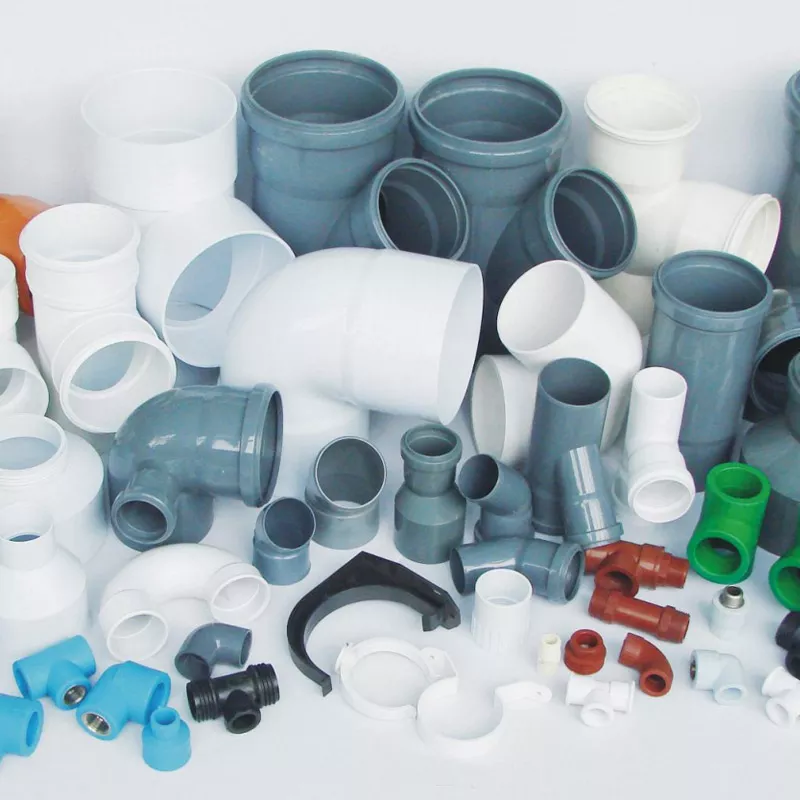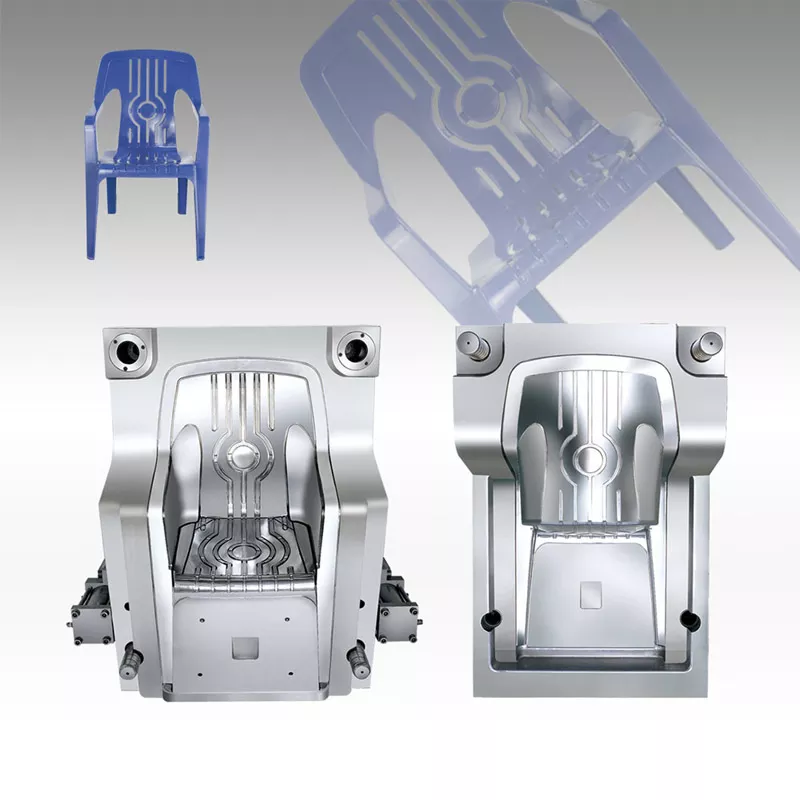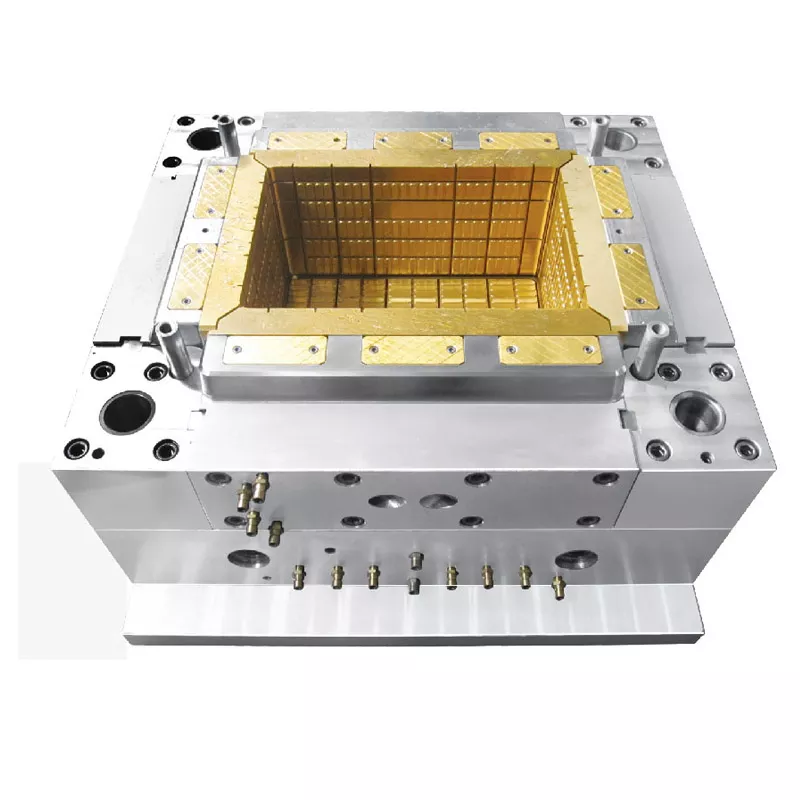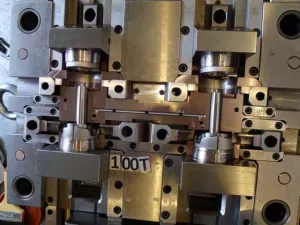Injection Mold Design Of Gate
- 2021-08-13
The tab gate
Every injection mold has to have a gate, or an opening through which the molten plastic is injected into the cavity of the mold. The type and size of gate plays a very significant role in the process of injection molding and must not be overlooked.
In the custom injection molding business, margins are extremely tight. This requires the mold maker to make a very accurate determination of the size and type of gate for the injection mold. The wrong gate can spell disaster, or at least reworking the mold, which can quickly eat up profits.
There must be a gazillion plastic parts in the world: cell phones, computers, hula hoops, keyboards, TVs, toy machine guns, goggles, etc, etc.
Gates vary in size and shape depending upon the type of plastic being molded and the size and shape of the part as well. Obviously, larger parts require larger gates, or even several gates.
Common types of gates
• Tab gates.
• Tunnel gates (also known as submarine gates)
• Banana gates
• Smiley gates
• Hot-tip gates
There are other types of gates, especially in the hot-tip applications, but that is a subject unto itself.
The tab gate is the simplest of all. It is the type of gate you see when you buy a plastic product that requires breaking from the runner, or tree-like piece of plastic attached to the part. It is usually a flat, tab-like connector that enables the plastic to flow into the part.
A tunnel, or submarine gate, is more complicated and requires a much higher degree of skill to add to the mold. This type of gate is a cone that is added below the surface of the part, thus the name: submarine gate. It also has the appearance of a tunnel. This is used when there cannot be much evidence of the gate left on the part. This is known as gate vestige.
It is also used in high production molds where everything is automated and the part must break free from the gate in order to be separated and packaged.
The smiley gate is so-called because when you look at it, it resembles a smile, sort of. This is more difficult to machine and is used to add a gate right at the bottom of a plastic part. It is like a tunnel gate, except the bottom portion is cut off, or truncated. This enables the gate to be right at the bottom of the plastic part. Smiley gates are also used in high production applications where the part must break free from the gate for purposes of automation.
The banana gate is quite a novelty, but very useful. These gates are used when there can be no trace of the gate on the plastic part. It is like a tunnel gate, but curved, like a banana, so it can reach underneath the part and allow the plastic to be injected into a hidden area of the part.
Conclusion
The size, type and placement of the gate used in plastic injection mold making have a dramatic impact on the quality of the plastic part, as well as how quickly it is produced. Gates play an important role in the automation of custom injection molding.
-
TAG:








Send Your Inquiry Now